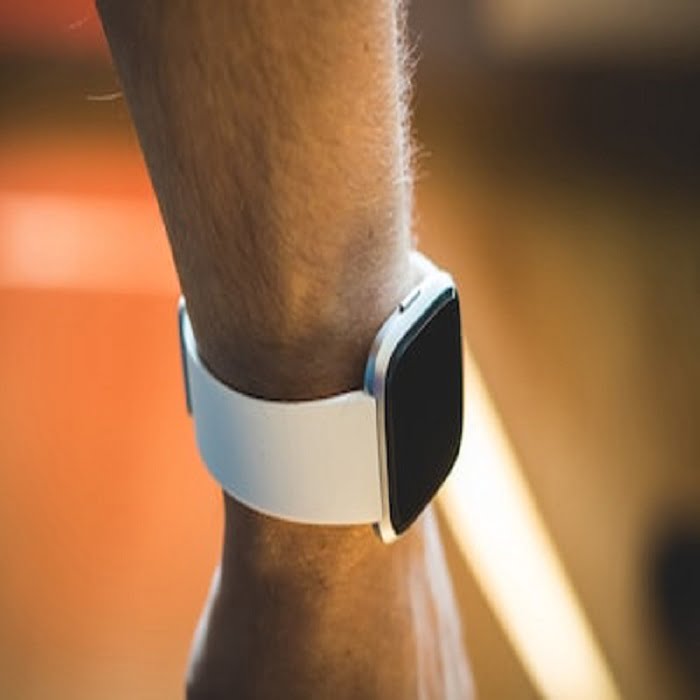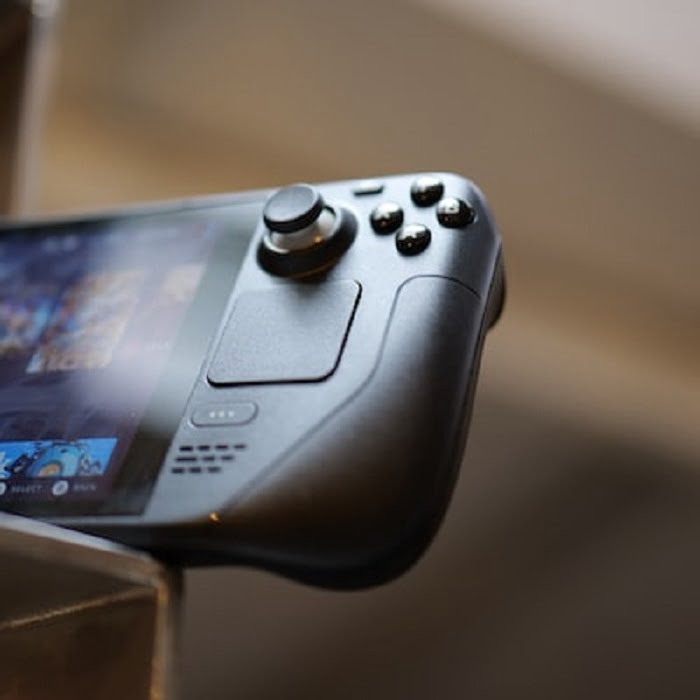
Fitbit devices have become popular companions for those looking to monitor and improve their health and fitness. From tracking your daily steps to monitoring sleep patterns, Fitbit offers a range of features to help you lead a healthier lifestyle. One often overlooked but crucial aspect of using a Fitbit device is setting the correct time. In this blog post, we will explore why it’s essential to have the right time on your Fitbit device and provide step-by-step instructions on how to change the time on different Fitbit models.
Why is it Important to Set the Correct Time on Your Fitbit Device?
Ensuring Accurate Activity Tracking
One of the primary functions of a Fitbit device is tracking your daily activities. Whether you’re counting your steps, monitoring your heart rate, or analyzing your workout sessions, accurate timekeeping is essential. If your Fitbit device doesn’t display the correct time, it can affect the accuracy of these measurements. For example, steps taken or calories burned may be incorrectly calculated if the time is wrong.
Proper Sleep Tracking
Fitbit devices also offer sleep tracking features to help you understand your sleep patterns and improve your sleep quality. Having the correct time is crucial for this feature to work correctly. It helps your device identify when you went to bed, when you woke up, and how long you were asleep. Without accurate time settings, your sleep data may be inaccurate.
Syncing with Mobile Devices and Apps
Fitbit devices often sync with mobile apps, allowing you to view your fitness data on your smartphone or tablet. Properly synced data is crucial for tracking your progress and making adjustments to your fitness routines. If your Fitbit’s time is incorrect, it might lead to syncing issues, making it challenging to access your data in real-time.
Personal Convenience and Time Management
Beyond fitness and health tracking, having the right time on your Fitbit device is a matter of personal convenience. Many Fitbit users use their devices as watches, and having the correct time is essential for daily time management. You don’t want to be late for appointments or miss out on important events due to a misconfigured clock on your wrist.
Understanding Fitbit Device Variants
Fitbit offers a variety of device models, each with its own unique features and functions. It’s essential to understand the specific model you own, as the process for changing the time may vary from one model to another. Some popular Fitbit models include:
Overview of Different Fitbit Models
- Fitbit Versa Series: The Fitbit Versa series is known for its smartwatch-like features. It includes models like the Fitbit Versa 2, Versa 3, and Versa Lite. These devices allow for easy customization, including changing watch faces and the time display.
- Fitbit Charge Series: The Fitbit Charge series is designed for those who prefer a simpler, more compact fitness tracker. It includes models like the Charge 4 and Charge 3. These devices display the time prominently on their screens.
- Fitbit Inspire Series: The Fitbit Inspire series is focused on essential fitness tracking features. It includes the Inspire 2 and Inspire HR. These devices are often straightforward to use and configure.
Compatibility and Differences in Time Settings Across Models
While the basic process for changing the time on Fitbit devices is similar, the specific steps can vary based on the model you own. It’s crucial to consult the user manual or Fitbit’s official support documentation for your specific model for precise instructions.
Step-by-Step Guide: How to Change the Time on Your Fitbit Device
To ensure your Fitbit device displays the correct time, follow these step-by-step instructions. We’ll cover the most common models: the Fitbit Versa Series, Fitbit Charge Series, and Fitbit Inspire Series. Keep in mind that these steps may vary slightly depending on the firmware version, so it’s always a good idea to check the official Fitbit website or user manual for the most up-to-date instructions.
Common Preliminary Steps
Before you proceed with changing the time on your Fitbit device, make sure you’ve completed the following preliminary steps:
- Ensure Bluetooth Connectivity: Make sure your Fitbit device is connected to your smartphone or tablet via Bluetooth. This connection is essential for syncing the correct time.
- Fully Charge Your Device: Ensure your Fitbit device has enough battery life to make the necessary updates.

Specific Steps for Popular Fitbit Models
1. Fitbit Versa Series
The Fitbit Versa Series is known for its smartwatch-like capabilities, and changing the time is relatively straightforward:
- Swipe down from the top of the screen to access the quick settings menu.
- Tap on the “Settings” icon (it looks like a gear).
- Scroll down and tap on “Clock Faces.”
- Select your preferred clock face or customize the existing one to display the correct time.
- Sync your device with your mobile app to apply the changes.
2. Fitbit Charge Series
The Fitbit Charge Series is designed for simplicity, and changing the time is a breeze:
- Press the button on the side of your Fitbit Charge device to wake it up.
- Tap the screen to access the main menu.
- Swipe to find the “Settings” option and tap on it.
- Select “Clock Face.”
- Choose your desired clock face or adjust the time display settings.
- Sync your device with your mobile app to save the changes.
3. Fitbit Inspire Series
The Fitbit Inspire Series focuses on essential fitness tracking, and changing the time is a quick process:
- Tap the screen to wake up your Fitbit Inspire device.
- Swipe to access the main menu.
- Find and select “Settings.”
- Choose “Clock Face.”
- Pick the clock face you want to display the correct time.
- Sync your device with your mobile app to apply the changes.
Troubleshooting Common Issues
If you encounter issues while changing the time or if your Fitbit device is not displaying the correct time after following the steps, consider the following troubleshooting tips:
- Check Bluetooth Connection: Ensure that your Fitbit device is properly connected to your mobile device through Bluetooth.
- Sync Your Device: Manually sync your Fitbit device with the mobile app. Sometimes, the time may update during the syncing process.
- Restart Your Fitbit: Try restarting your Fitbit device to see if that resolves the time display issue.
- Check for Firmware Updates: Sometimes, firmware updates can fix bugs related to time settings. Make sure your Fitbit device is running the latest software.
- Contact Fitbit Support: If all else fails, reach out to Fitbit’s official support for further assistance.
Tips and Tricks
Setting Time Automatically vs. Manual Time Setup
Most Fitbit devices allow you to set the time automatically, which syncs with the time on your connected smartphone or tablet. This is the easiest way to ensure your Fitbit displays the correct time. However, if you prefer to set the time manually, you can do so by disabling the automatic time setting option in your device’s settings.
Adjusting Time Zones During Travel
If you’re traveling to a different time zone, your Fitbit device can automatically adjust the time based on your phone’s time zone settings. Alternatively, you can manually change the time zone in your Fitbit app to match your current location. This is especially useful for frequent travelers who want their Fitbit device to reflect the local time.
Ensuring Regular Time Updates for Daylight Saving Time Changes
During daylight saving time changes, your Fitbit device may not automatically update the time. To ensure your device displays the correct time, check the date and time settings after the daylight saving time transition. If necessary, adjust the time manually or enable automatic time updates.
Frequently Asked Questions (FAQs)
Addressing Common Queries About Fitbit Time Settings
1. Why is my Fitbit displaying the wrong time?
- Your Fitbit device may be out of sync with your connected mobile device. Ensure Bluetooth connectivity and manually sync your Fitbit to update the time.
2. How often does my Fitbit update the time automatically?
- Fitbit devices can update the time automatically when synced with your mobile device. Additionally, they adjust for time zone changes and daylight saving time transitions.
Solutions to Time-Related Problems Shared by Fitbit Users
1. My Fitbit time didn’t change with daylight saving time. What should I do?
- Manually update the time on your Fitbit device by disabling and re-enabling automatic time setting. Alternatively, adjust the time manually in the device settings.
2. I changed the time on my Fitbit, but it keeps reverting to the incorrect time.
- Ensure your Fitbit device is fully synced with your mobile app. If the issue persists, contact Fitbit support for further assistance.
Conclusion
Setting the correct time on your Fitbit device is more than just ensuring you’re punctual. It’s about enhancing the accuracy of your activity and sleep tracking, syncing seamlessly with your mobile devices, and overall, enhancing your Fitbit experience. By following the steps outlined in this guide and understanding the nuances of your specific Fitbit model, you can enjoy a hassle-free and accurate timekeeping experience.
We encourage you to share this guide with other Fitbit users to help them make the most out of their fitness journey. Remember, accurate time settings on your Fitbit device pave the way for precise data tracking and, ultimately, a healthier lifestyle.
Additional Resources and References
For further assistance, additional tips, and updates on Fitbit devices, consider exploring the following resources:
- Fitbit Official Support Page
- Fitbit Community Forums
- Fitbit Mobile App Guides and FAQs
- Fitbit Accessories Store
Stay fit, stay healthy, and keep enjoying your Fitbit experience with the correct time settings!
In this comprehensive guide, we’ve covered the importance of setting the correct time on your Fitbit device, explained the differences across various Fitbit models, provided step-by-step instructions for changing the time, offered troubleshooting tips, and addressed common user queries. By following these guidelines, Fitbit users can ensure accurate timekeeping, leading to precise activity tracking and an enhanced overall experience with their devices.







![How to Split Screen on Chromebook [3 Easy Ways]](https://mp3ovi.com/wp-content/uploads/2023/10/How-to-Split-Screen-on-Chromebook-3-Easy-Ways.jpg)